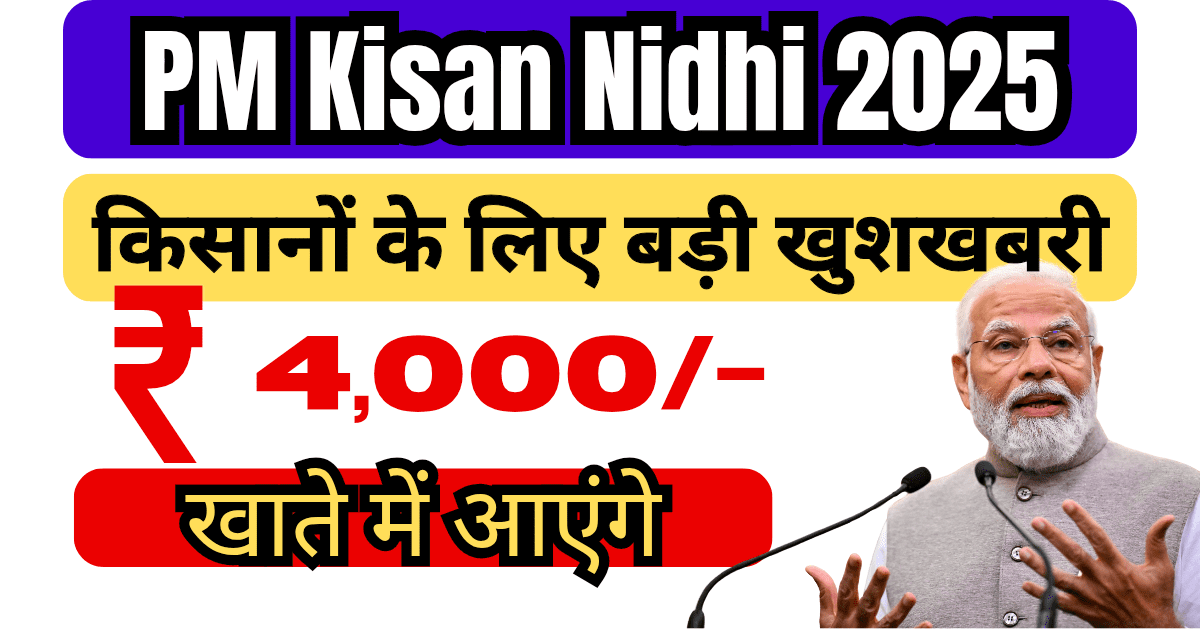Private sector employees under the Employees’ Provident Fund Organisation (EPFO) are advocating for a significant increase in their pension benefits. The current minimum monthly pension is ₹1,000, a amount that has remained unchanged since 2014 despite rising inflation and living costs in India.
This movement highlights the financial struggles of approximately 80 lakh pensioners who contributed to the Employees’ Pension Scheme (EPS-95) during their working years. The disparity between government employee pension benefits and those received by private sector workers has become a focal point of the ongoing protests.
The demand for a ₹9,000 minimum monthly pension is gaining momentum, with pensioners urging the government to reconsider the current pension amount. Recent updates from EPFO indicate potential changes, but no concrete commitments have been made.
Key Takeaways
- Private sector employees are demanding an increase in the minimum monthly pension from ₹1,000 to ₹9,000.
- The current pension amount has remained unchanged since 2014.
- Approximately 80 lakh pensioners are affected by the current pension scheme.
- The disparity between government and private sector pension benefits is a major concern.
- Recent EPFO updates indicate potential changes to the pension system.
Table of Contents
The Growing Demand for Higher Pensions
A growing number of pensioners are advocating for a substantial hike in the minimum pension amount. The current minimum pension of ₹1,000 per month under the Employees’ Pension Scheme (EPS) has been stagnant since 2014.
Current Pension Status and Its Inadequacy
The EPS, introduced in 1995, provides a minimum pension of ₹1,000 per month, which many argue is insufficient to cover basic living expenses. The inadequacy of this amount is stark when compared to the actual costs faced by elderly individuals, including housing, food, and healthcare.
Why Private Workers Are Pushing for ₹9,000
Private sector employees are demanding a ₹9,000 minimum pension, citing it as a more realistic amount needed to maintain a dignified standard of living. The demand has gained momentum as pensioners organize into advocacy groups to amplify their collective voice. Many EPS beneficiaries feel that their years of contribution should entitle them to more substantial support in their retirement years.
EPFO’s ₹9,000 Monthly Pension Scheme for Private Sector Workers: Key Details
The EPFO’s proposed ₹9,000 monthly pension is a significant step towards enhancing financial security for private sector retirees. This move is expected to bring relief to a large number of pensioners who have been advocating for a higher pension amount to cope with the rising cost of living.
Who Will Benefit from the Proposed Increase
The proposed increase to ₹9,000 monthly pension would directly benefit approximately 80 lakh pensioners across India who are currently enrolled under the Employees’ Pension Scheme (EPS-95). These beneficiaries span across 186 institutions nationwide, with a significant concentration of about 18 lakh pensioners residing in Maharashtra alone. The increase would particularly impact elderly retirees who worked in private sector organizations and contributed to the Employees Provident Fund Organisation (EPFO) during their service years.
Additional Demands Beyond the Pension Amount
Apart from the increase in pension amount, EPS-95 pensioners are also requesting other benefits to enhance their financial security. These include dearness allowance to combat inflation and free government medical services to alleviate healthcare expenses. Moreover, pensioners are seeking inclusion in the government’s food safety programs to ensure access to essential food supplies at affordable prices. These demands reflect the multifaceted challenges faced by retirees, addressing not just direct income support but also critical services that impact quality of life.
Nationwide Protests and Government Response
In a united stand, pensioners are protesting across major cities, seeking an increase in their EPS pension. The protests highlight the growing frustration among pensioners who feel their service years and contributions to the provident fund organisation have not resulted in adequate retirement security.
Demonstrations Across Major Cities
Demonstrations have erupted across major cities in India, with pensioners gathering outside EPFO offices to voice their demands for increased pension benefits and additional support. In Nashik, protests were organized outside the EPFO office in the Satpur area, led by Raju Desle, founder president of the Nashik District EPFO Pensioners Federation. Similarly, in Chennai, the EPF Pensioners’ Welfare Association submitted a letter to Union Minister Mansukh Mandaviya, urging the government to consider their demands.
- Pensioners are demanding a significant increase in their monthly pension to ₹9,000.
- The protests are a result of over 15 years of ignored pleas by the pensioners.
- Approximately 80 lakh pensioners across the country are affected.
Official Stance and Previous Proposals
The central government has acknowledged the demands but has yet to take concrete action. Previously, the Labour Ministry proposed doubling the minimum pension to ₹2,000 per month, but this modest increase was not approved by the Finance Ministry. The disparity between EPS pension benefits and those received by government employees under different schemes has become a key point of contention.
Pensioners are urging the government to recognize the inadequacy of the current system in providing for basic needs like food and healthcare, particularly given the rising costs of living across the country.
Read Also:- Widow pension 2025 monthly support apply online
Future Outlook for EPFO Pensioners
The future of EPFO pensioners hangs in the balance as the government weighs the demand for a significant pension increase. The call for a ₹9,000 monthly pension is gaining traction, but its approval remains uncertain.
Meanwhile, the EPFO is working on ‘EPFO3.0,’ a new system that will allow members to withdraw their provident fund directly from ATMs, potentially offering more convenient access to their funds. This update is a step in the right direction, providing some relief to employees.
The gap between the current pension scheme benefits and the actual needs of retirees continues to widen. For the 80 lakh pensioners across the country, the coming months will be critical in determining whether their years of service will be rewarded with more adequate retirement support.
Advocacy groups are emphasizing that the minimum pension of ₹1,000 is no longer viable and are pushing for both a pension increase and additional benefits like dearness allowance. The outcome of this ongoing advocacy will have significant implications for current pensioners and millions of employees contributing to the provident fund.















